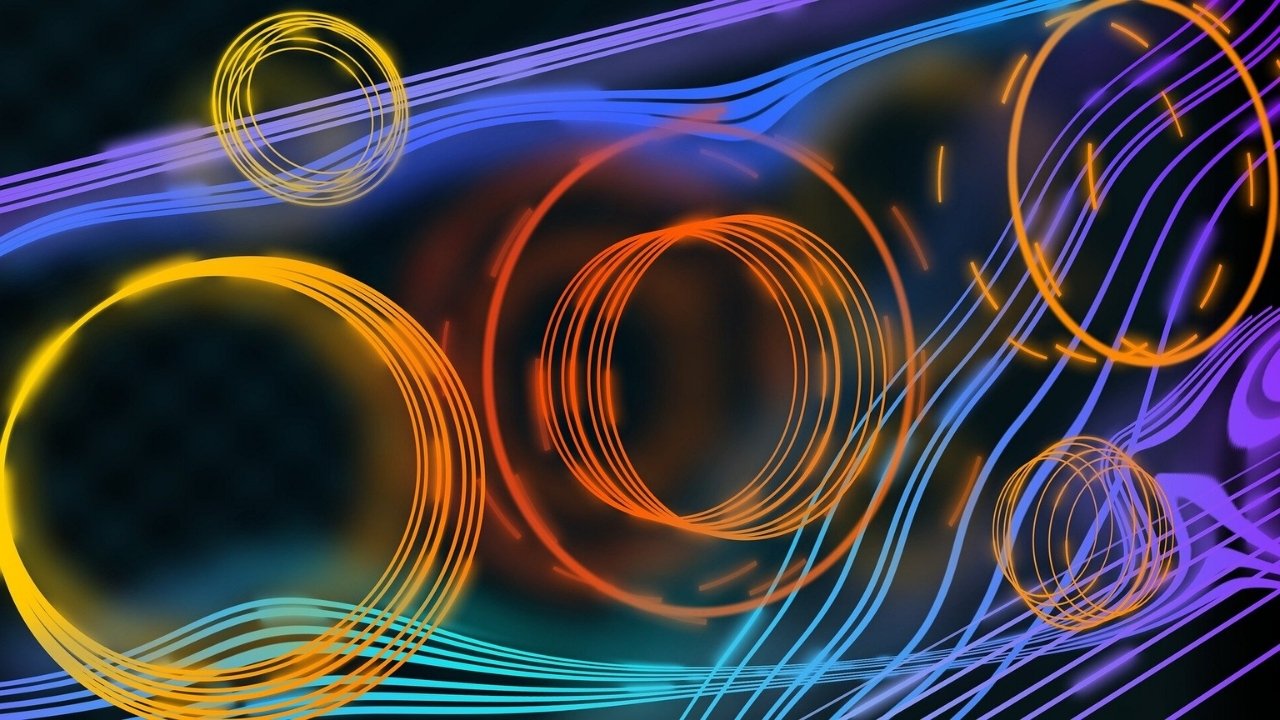
What is AdS/CFT Correspondence? AdS/CFT Correspondence, also known as the Maldacena duality, is a theoretical framework in physics that connects two different types of theories: Anti-de Sitter space (AdS) and Conformal Field Theory (CFT). This duality suggests that a gravitational theory in AdS space can be described by a CFT on the boundary of that space. Why is this important? It provides a powerful tool for understanding quantum gravity and has applications in various fields, including string theory and black hole physics. How does it work? By mapping complex problems in one theory to simpler problems in the other, researchers can gain new insights into the nature of our universe.
What is AdS/CFT Correspondence?
AdS/CFT Correspondence, also known as the Maldacena duality, is a theoretical framework in physics that connects two different types of theories: Anti-de Sitter (AdS) space and Conformal Field Theory (CFT). This concept has revolutionized our understanding of quantum gravity and string theory.
- AdS/CFT Correspondence was proposed by Juan Maldacena in 1997.
- AdS space is a type of space with a constant negative curvature.
- CFT is a quantum field theory that is invariant under conformal transformations.
- The correspondence suggests that a gravitational theory in AdS space is equivalent to a CFT on the boundary of that space.
- String theory plays a crucial role in this duality, providing a framework for understanding quantum gravity.
The Importance of AdS/CFT Correspondence
This duality has far-reaching implications in various fields of physics, from black hole thermodynamics to condensed matter physics. Understanding its significance can provide insights into the fundamental nature of our universe.
- Black hole thermodynamics can be studied using AdS/CFT, offering insights into the entropy and information paradox.
- Condensed matter physics benefits from this duality by providing models for strongly correlated systems.
- Quantum chromodynamics (QCD), the theory of strong interactions, finds applications through AdS/CFT.
- Holographic principle is a concept closely related to AdS/CFT, suggesting that all information in a volume of space can be represented on its boundary.
- Gauge/gravity duality is another name for AdS/CFT, emphasizing the connection between gauge theories and gravitational theories.
Mathematical Foundations
The mathematical structure underlying AdS/CFT is complex but fascinating. It involves advanced concepts in geometry, topology, and quantum field theory.
- Anti-de Sitter space is described by a specific metric that defines its curvature.
- Conformal transformations preserve angles but not necessarily distances, crucial for CFT.
- Supersymmetry often appears in models involving AdS/CFT, providing additional symmetry properties.
- D-branes are objects in string theory that play a significant role in the formulation of AdS/CFT.
- Holography in this context means that a lower-dimensional theory can describe a higher-dimensional one.
Applications in Modern Physics
AdS/CFT has practical applications in modern physics, influencing both theoretical research and experimental approaches.
- Quantum entanglement can be studied using AdS/CFT, providing insights into the nature of spacetime.
- High-energy physics experiments, such as those conducted at CERN, use principles from AdS/CFT.
- Cosmology benefits from this duality by offering models for the early universe.
- Particle physics theories, including the Standard Model, find new perspectives through AdS/CFT.
- Quantum computing research explores AdS/CFT for potential applications in information processing.
Challenges and Open Questions
Despite its successes, AdS/CFT correspondence still faces several challenges and open questions that researchers are actively exploring.
- Non-AdS spaces pose a challenge, as the correspondence is not well understood outside AdS space.
- Higher-dimensional theories require more complex formulations of AdS/CFT.
- Experimental verification of AdS/CFT remains difficult due to the high energies involved.
- Mathematical rigor in proving the correspondence is still an ongoing effort.
- Extensions to other geometries are being explored to generalize the duality.
Future Directions
The future of AdS/CFT correspondence looks promising, with potential breakthroughs on the horizon that could further our understanding of the universe.
- Quantum gravity research continues to be influenced by AdS/CFT, offering potential solutions to long-standing problems.
- New mathematical tools are being developed to better understand the correspondence.
- Interdisciplinary research combines AdS/CFT with other fields, such as condensed matter physics and quantum information theory.
- Technological advancements in computing power enable more detailed simulations of AdS/CFT scenarios.
- Educational programs are incorporating AdS/CFT into curricula, training the next generation of physicists.
Conclusion
AdS/CFT correspondence remains one of the most exciting and influential concepts in modern theoretical physics. Its implications stretch across various fields, offering new ways to understand the universe.
- Collaborative research is essential for advancing our understanding of AdS/CFT.
- Public interest in theoretical physics is growing, partly due to the intriguing nature of concepts like AdS/CFT.
The Final Word on AdS/CFT Correspondence
AdS/CFT Correspondence is a fascinating concept in theoretical physics. It bridges the gap between quantum field theory and gravity. This duality has opened new avenues for understanding black holes, string theory, and even quantum computing. Researchers continue to explore its implications, hoping to unlock more secrets of the universe.
Understanding AdS/CFT can be challenging, but its potential applications make it worth the effort. From providing insights into quantum gravity to offering new tools for mathematical physics, this theory is a cornerstone of modern physics.
Whether you're a student, a researcher, or just curious, diving into AdS/CFT can be incredibly rewarding. Keep exploring, keep questioning, and who knows? You might just contribute to the next big breakthrough in physics.
Was this page helpful?
Our commitment to delivering trustworthy and engaging content is at the heart of what we do. Each fact on our site is contributed by real users like you, bringing a wealth of diverse insights and information. To ensure the highest standards of accuracy and reliability, our dedicated editors meticulously review each submission. This process guarantees that the facts we share are not only fascinating but also credible. Trust in our commitment to quality and authenticity as you explore and learn with us.
